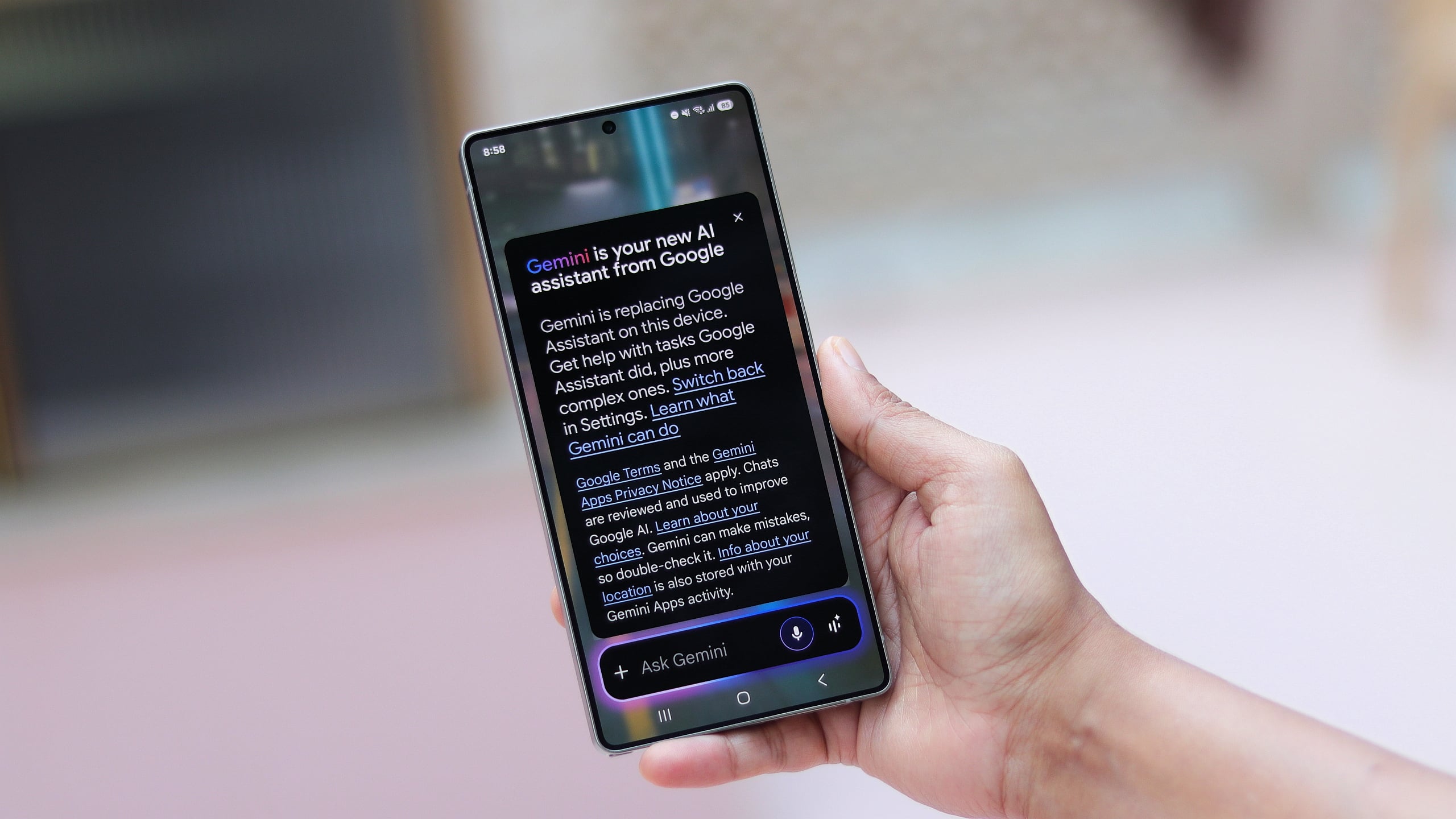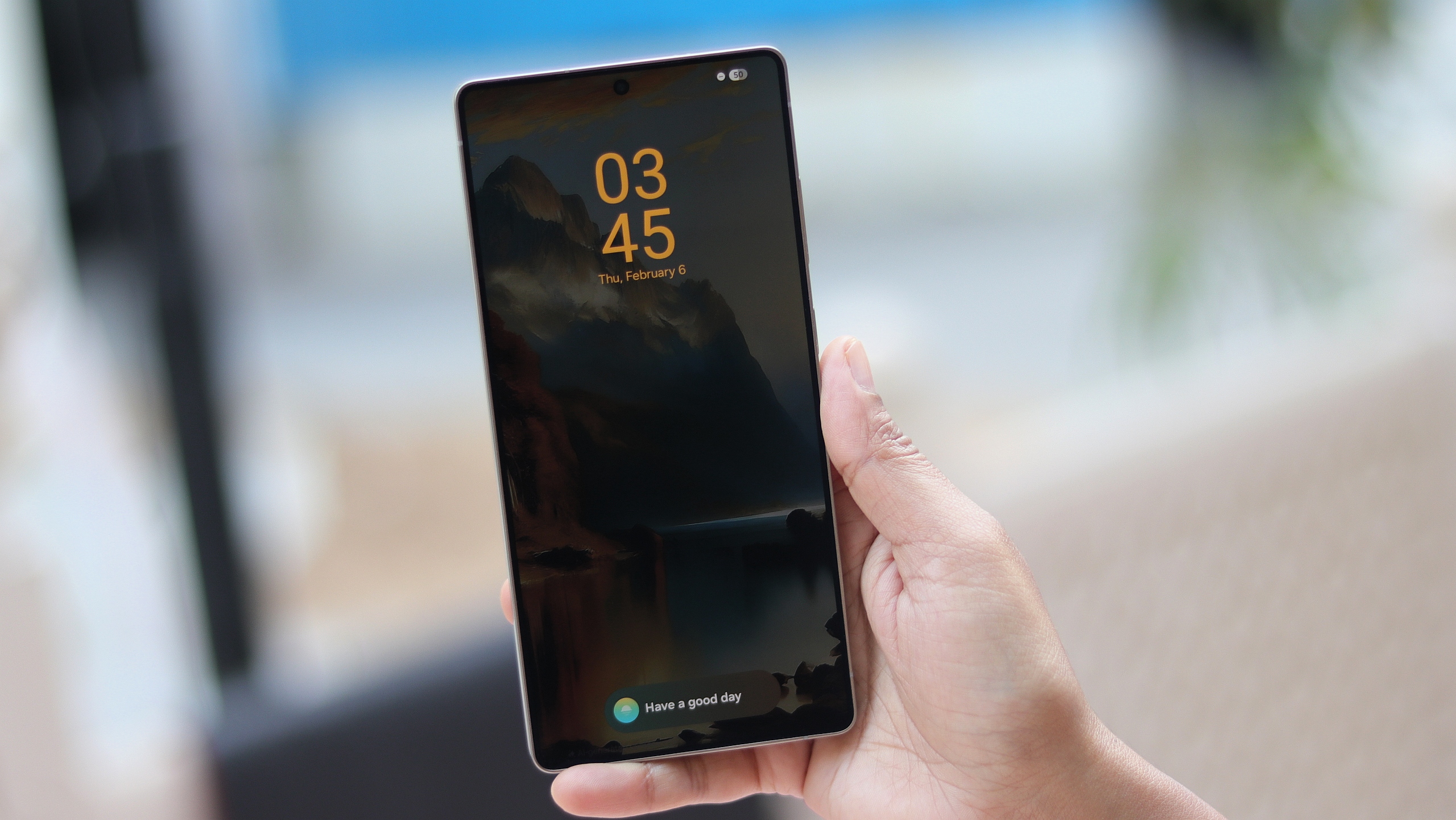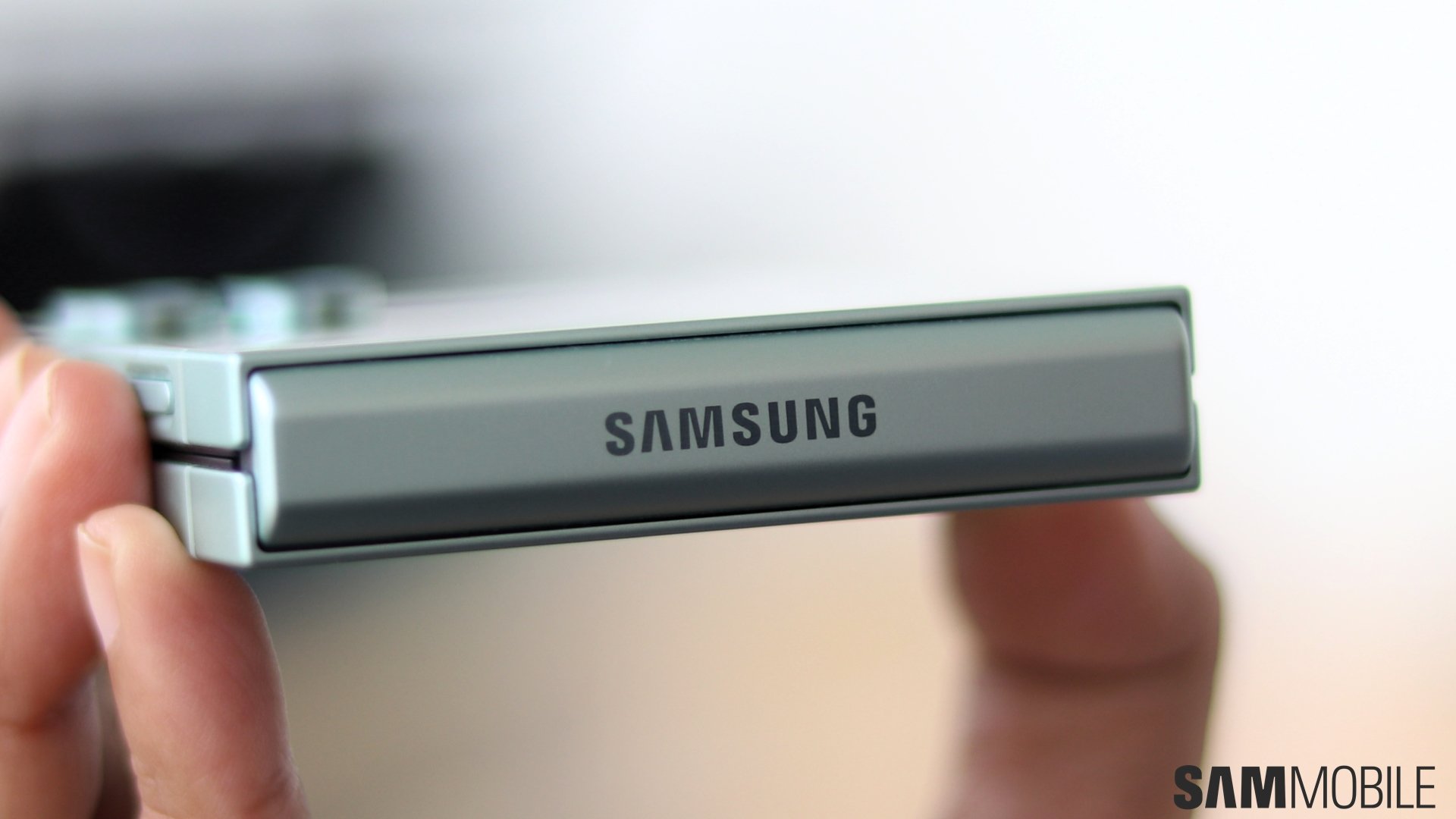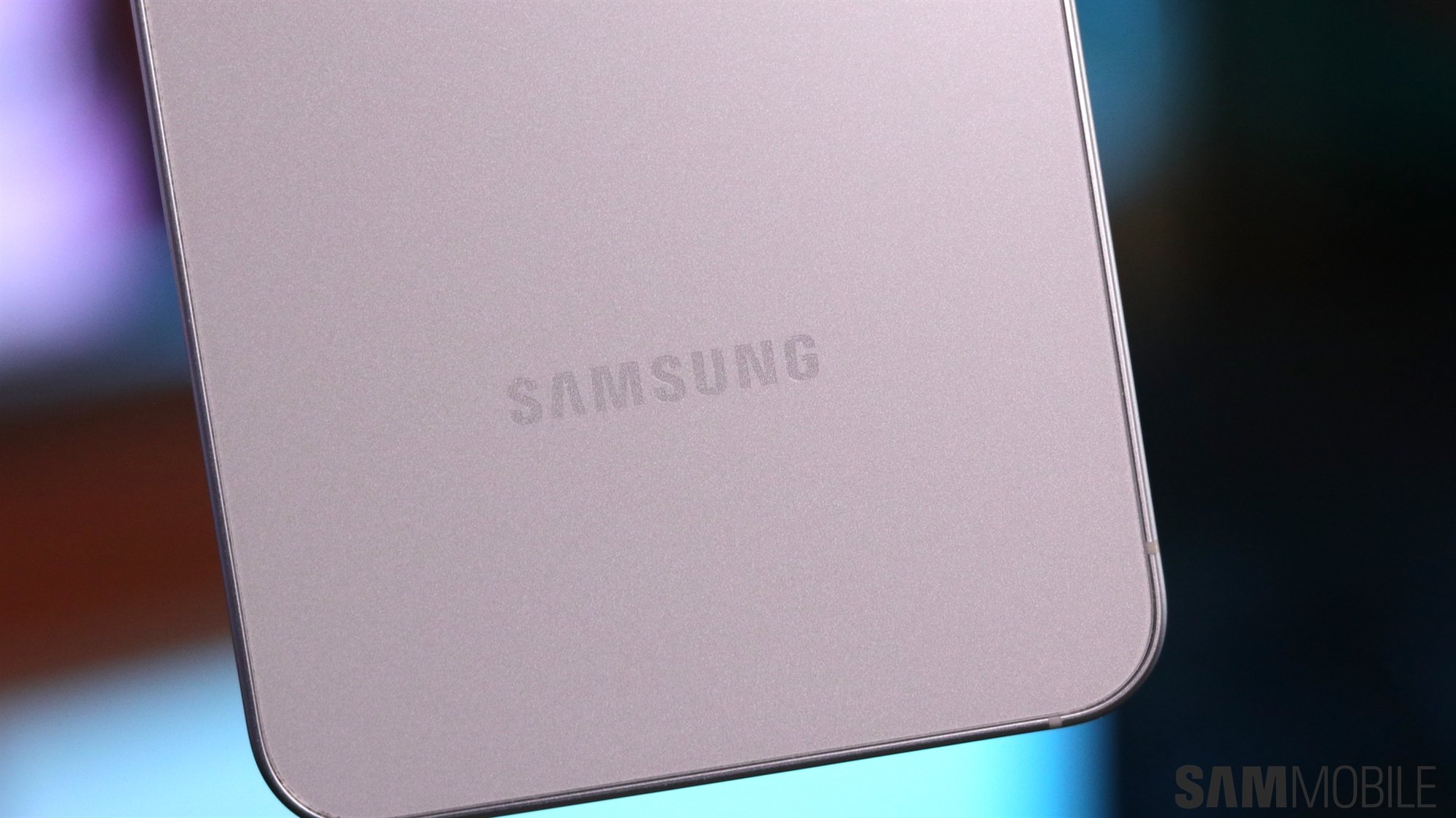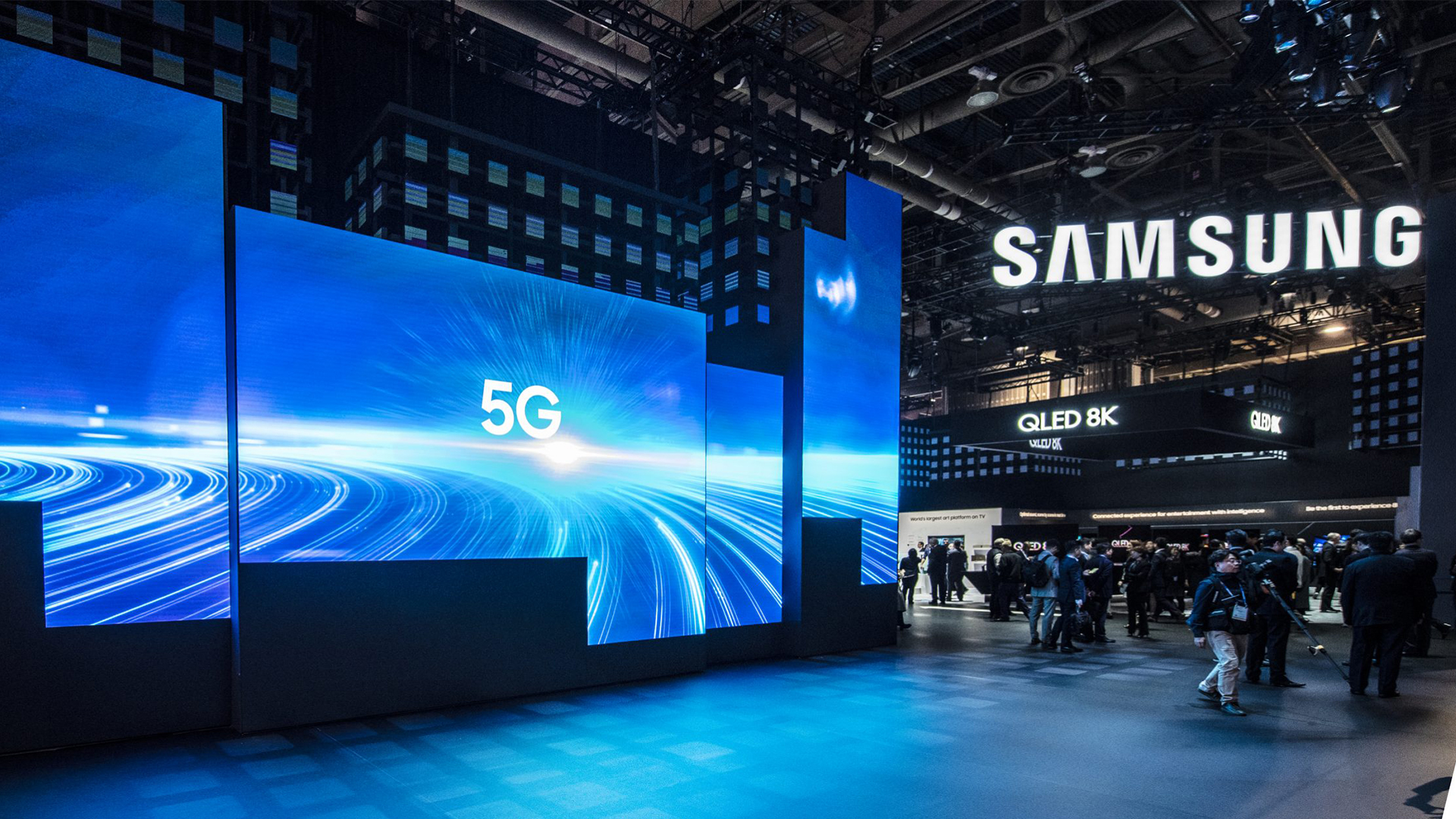
The 5G network slicing test was done at a laboratory in Tokyo, Japan, using a RAN (Radio Access Network) Intelligent Controller, a 5G base station, a 5G standalone (SA) core equipment, and a test terminal. By slicing a physical network into multiple virtual networks, each of those slices can be used for different tasks to allow the network to be faster and offer ultra-low latency. The new technology can be extremely beneficial to applications such as AR (Augmented Reality), autonomous driving, cloud gaming, inustrial IoT (Internet of Things), and VR (Virtual Reality).
The tests performed by KDDI and Samsung Networks verified that users can switch between an ultra-fast virtual network and an ultra-low latency network without connection quality issues. The two companies are now planning to propose an international standard for 5G network slicing technologies verified in their end-to-end test. KDDI launched its 5G network in Japan in March and is a major client of Samsung Networks.
Kim Tae-Yeon, head of the GTS team at Samsung Networks, said, “5G network slicing technology verification is a big leap forward for the realization of numerous 5G new services, and will continue to play a leading role in realizing the possibility of true 5G based technology leadership.“


